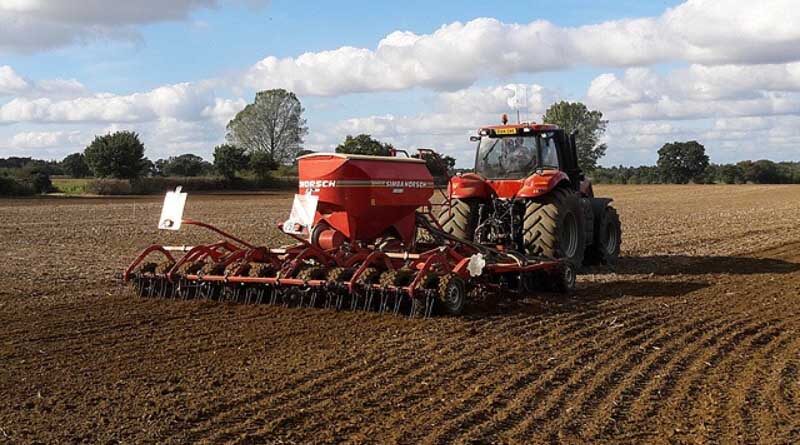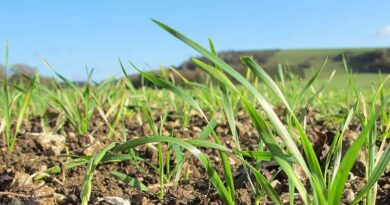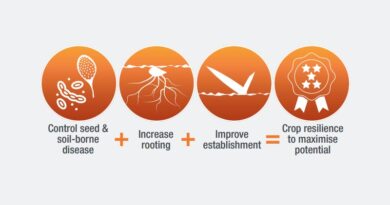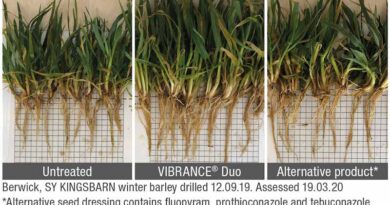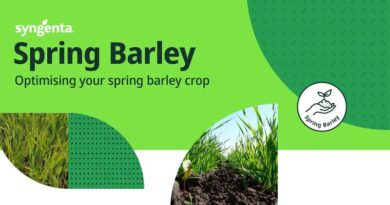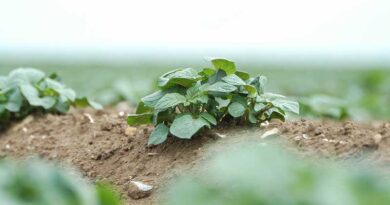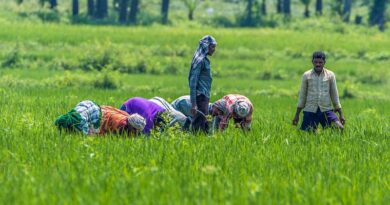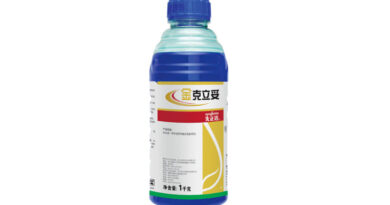Establishing a resilient wheat crop
Seed treatments are critical for establishing a healthy crop
27 September 2021, UK: Seed and soil-borne pathogens present the first risk in the cropping year. Seed treatments are crucial for managing these seed and soil-borne diseases which have routinely been controlled by single purpose dressings for many years. In addition to excellent disease control, an extensive data set shows VIBRANCE® Duo seed treatment consistently gives excellent establishment and improved rooting over other fungicidal seed treatments and can lead to significant increases in yield.
The past few seasons have demonstrated that strong, even establishment and rooting of your crop is critical to build resilience. VIBRANCE® Duo has shown the biggest benefits in three key positions
- Delayed drilling
- Light land
- Second wheat
Establishment Advice
- Consider appropriate cultivation strategy and timing to create a good seedbed, germinate volunteers/weeds or to alleviate compaction, which will affect crop establishment and development.
- Achieve a stale seedbed to reduce impact of grass weeds. In high pressure scenarios, consider delaying drilling.
- Choose an appropriate seed rate for the drill date, expected field losses and cultivation strategy. In our trials comparing no till to cultivations we consistently saw lower plant establishment in the no till, so consider increasing seed rates accordingly.
- Take the time to ensure your drill is in good working order and calibrated for the seed rate chosen.
- Aim to get seed in the ground with adequate soil moisture to a depth of 3-4 cm.
- Roll after drilling to consolidate seedbed to improve seed to soil contact, reduce risk of slug damage and create an even ground for better coverage of pre-em applications.
- Aim to get pre-ems on within 48 hours of drilling using 90% drift reduction nozzles at 200 l/ha to get good weed control and reduce competition to the crop.
Also Read: FICCI’s conducts 10th Agrochemical Conference 2021on Sustainable Growth of Agrochemical Industry

